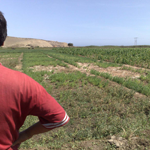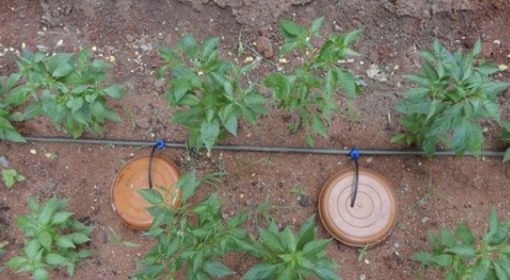Water Pads: Creating a water buffer for the plant right at the root zone

What
A waterpad can be described as a sandwich of hessian, polymers and paper that when placed at the root zone of plants ensures an efficient use of water and nutrients. Only 7 grams of polymers can absorb (or buffer) 1 litre of water turning it into gel. This concentration of polymers placed at the root zone of plants allows the roots to grow into the gel creating an optimal environment for water and nutrient exchange between plant and polymers.
Why
Waterpads can reduce the water and nutrient application between 20-40% (when comparing with conventional drip irrigation) and plant yields can increase between 10 to 20%. Waterpads can also significantly increase the survival rate when transplanting sapplings for reforestation or plantations.
How
The biodegradable waterpad acts as a water and nutrient buffer at the rootzone, which slowly releases water and nutrients to the plant when it needs them. This reduces water and plant nutrient losses in drainage, deep percolation and leaching, and significantly (20% at least) reduces the amount of irrigation water required. The waterpad improves the water availability in plant substrates or soils which leads also to improved yields.



